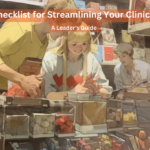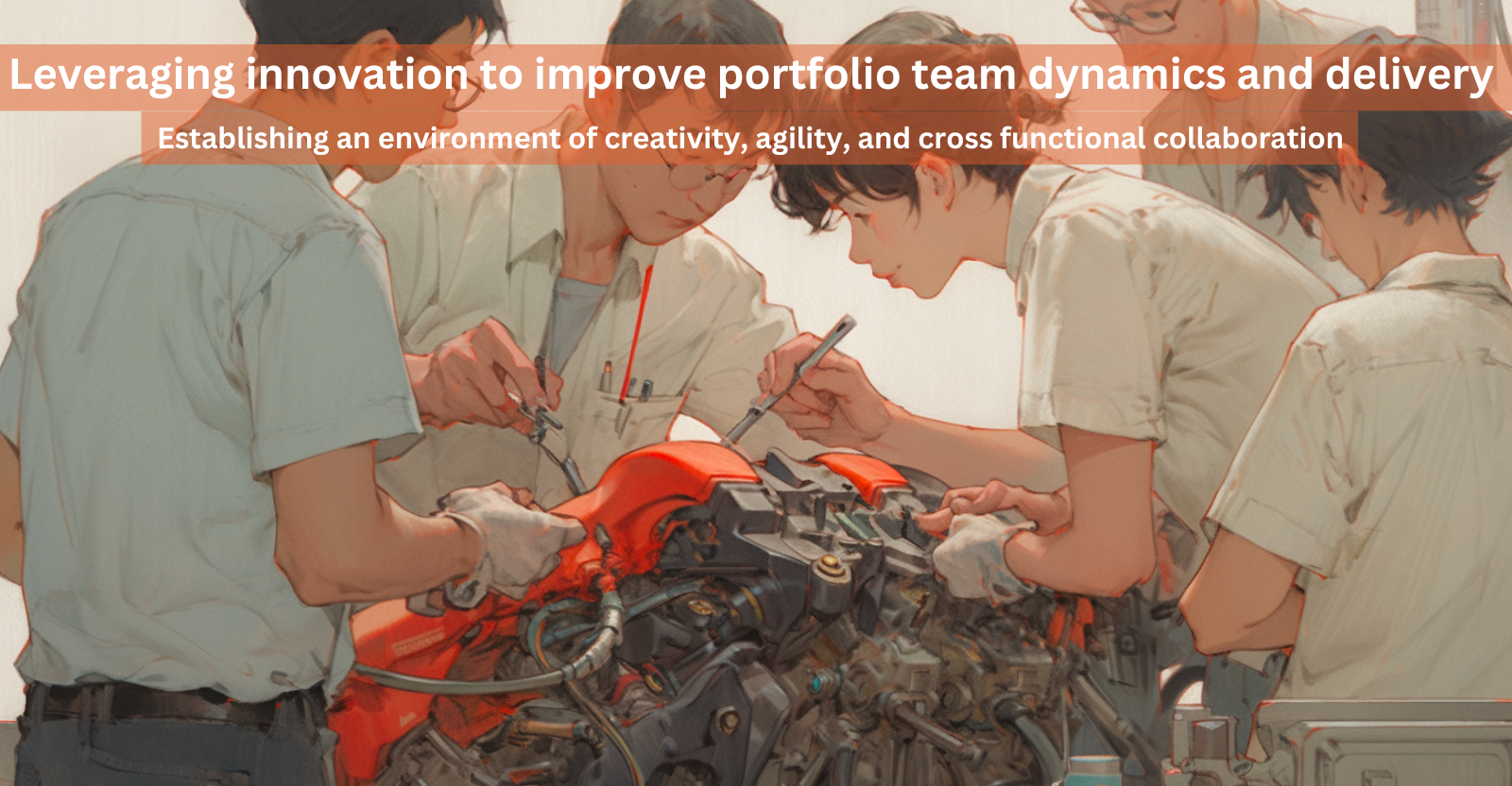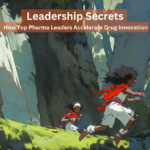R&D in the pharmaceutical sector is notoriously resource-intensive, in other words, it’s expensive! However, there’s a trend on the rise that may disrupt the status quo: collaborative innovation. By teaming up, stakeholders such as research institutions, startups, and industry giants are not just sharing the hefty R&D costs – they are transforming the landscape and elevating innovation to unprecedented levels. While ‘collaboration’ may sound like just another buzzword, when done correctly, it holds the potential to make positive changes to R&D practices and the broader pharma landscape.

Collaborations with Research Institutions
It’s no secret to pharmaceutical companies the benefits that can come from partnering with research institutions, including universities, academic medical centers, and nonprofit organizations. For instance, if a pharmaceutical company becomes interested in developing a novel treatment for a difficult to treat disease, such as Alzheimer’s, instead of shouldering the entire burden of R&D costs, they can form a partnership with a renowned neuro research center at a prominent university.
In fact, this is exactly what Pfizer did when it partnered with the University of California, San Francisco (UCSF), to advance their portfolio for neurodegenerative diseases, including Parkinson’s and Alzheimer’s. This partnership leveraged UCSF’s expertise in neuroscience and Pfizer’s resources, which when combined can make a worthwhile impact to accelerate both discovery and then development of potential treatments.
Some other benefits that can be gained by collaborating are:
- Access to Expertise: Universities often fill their halls with world-class researchers and experts in a variety of fields. By collaborating, pharmaceutical companies can tap into this talent to help accelerate their research and development goals.
- Shared Resources: Research institutions often have state-of-the-art facilities, equipment, and resources that could be out of reach for smaller or newly formed pharmaceutical companies.
- Reduced Costs: Costs associated with preclinical and clinical research can be astronomical, but collaborating can help share or subsidize these, significantly reducing this burden on the pharmaceutical company.
- Faster Development: Two heads are better than one, and the synergy between academic and industry researchers can lead to faster discoveries and more efficient drug development processes.
- Leveraging Grant Funding: Academic institutions often have access to grant funding from a variety of sources, which can support research and reduce R&D expenses for pharmaceutical companies.

Collaborations with Startups
The world of startups is almost synonymous with the words “innovation” and “agility”. A great analogy to use in comparison of the two organizations is to look at a start up as a jet ski and a large pharmaceutical company as an aircraft carrier where the task is to turn around. The outcomes may be the same, but how and how fast greatly differ. Exciting breakthroughs and opportunities exist when considering startups.
Let’s consider the collaboration with Roche and a startup called Flatiron Health. Flatiron created diagnostic technology for early oncology detection using real-world data. The benefit to Roche’s was a deeper understanding of the journey of cancer patient care through these data analytics gathered by Flatiron’s technology without reinventing the wheel, and Flatiron benefited by being able to advance the development of their technology through Roche’s resources.
The agility and innovative advantages common in startups is but one of many other advantages such as:
- Innovative Technologies: Startups are often at the tip of the spear of innovation, pioneering new technologies and approaches. Through collaborating, pharmaceutical companies can access these innovations without having to develop them in-house as with Roche and Flatiron.
- Flexibility and Speed: Startups are known for their agility and speed. They can conduct R&D quickly, which is complementary to the capabilities and abilities of a larger pharmaceutical company.
- Risk Sharing: The financial risks typically associated with R&D are shared between the larger, more established pharmaceutical company and the startup, making it mutually beneficial.
- Market Access: For startups, collaborating with a pharmaceutical industry leader can provide invaluable market access and distribution channels for their products or technologies at the early stages of their business development.
- Ecosystem Synergy: Startups often operate within dynamic ecosystems, connecting with various partners and experts. Larger pharmaceutical companies can leverage this network to help enhance their own R&D initiatives and processes.
These two examples are just some of the real and tangible benefits organizations can gain from collaborations. In both scenarios, the pharmaceutical companies have access to expertise, cutting-edge technologies, and shared resources, that they may not have in-house which is clearly a more cost-effective approach in drug development. Simultaneously, universities and startups gain considerably through access to funding, resources, and the potential for a wider impact brought about by these partnerships.
Collaborative innovation is changing the way we look at drug development and the potential to improve human health is limitless in this approach. By bringing together complementary skill set, these partnerships create breakthroughs that not only benefit the participating organizations, but ultimately, patients and their outcomes.









